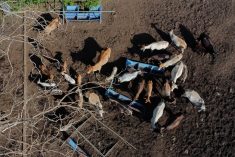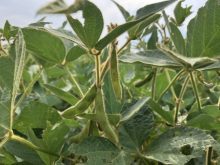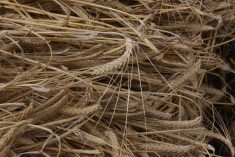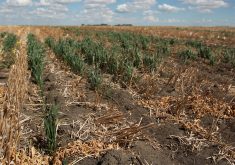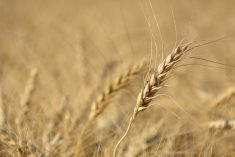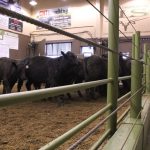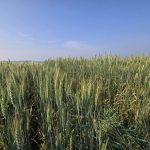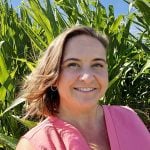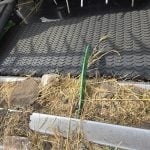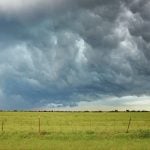Bayer says benefits of dwarf varieties include higher plant counts per acre and tighter rows that better protect the soil
Shorter and denser: that’s the path to better sustainability for corn crops, Bayer crop scientists believe.
As they work with commercial growers in Mexico and plan to roll out a range of short-stature corn crops in the United States, Europe and around the Asia-Pacific region, the company’s developers think dwarf corn varieties will be a big hit.
“Mexico is only the beginning. Short stature corn will go from Mexico to the world,” Manuel Bravo, president of Bayer Mexico, said in a webinar about the potential of the novel corn.
Read Also
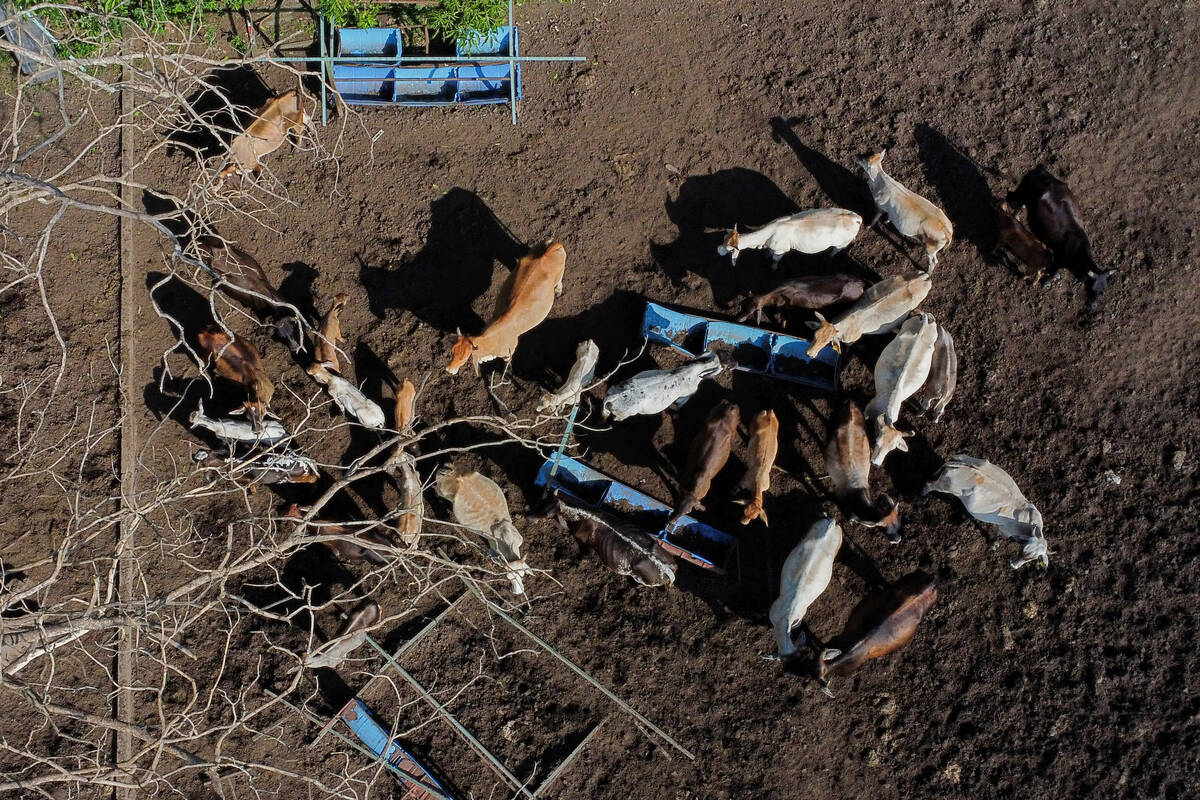
Cattle smuggling worsens outbreak in Mexico
Cattle being smuggled across Mexio’s southern border are making a screworm outbreak much more difficult to control.
Keeping corn shorter than its present height will have many benefits, the company thinks, with higher plant counts per acre and tighter rows better protecting the soil, allowing wheeled machinery to operate above it through the season, giving farmers a chance to better scout their crops and use inputs more successfully.
All in all it adds up to a type of corn that should work better for both farmers and the environment.
“I think this is sustainability at its best,” said Bravo.
The first brand of short-stature corn, called Vitala, is now being commercially grown in Mexico.
Farmer Bernardo de la Vega said “ultra-dense” short stature corn’s biggest advantage for him is its lodging resistance. Unlike the tall crops with wide row spacings that can cause many problems for corn growers, the short-stature crop doesn’t have problems with lodging.
He’s looking for tougher corn to grow in the future, because climate change is creating headaches for farmers in his scorching part of Mexico at the same time as urbanization is swallowing farmland.
“What a headache,” he said.
“We’re having less water. We’re having less land. Our population is increasing. We’re building houses where we used to grow things.”
That situation is what led Bayer to focus on the region in developing short-stature corn, said Manuel Oyervides Garcia, a seed and sustainability consultant.
“Economic development and climate change are causing a revolution in the area planted with (corn) in Mexico,” said Oyervides Garcia.
Corn can be hard to manage from the ground, making it tough to spot problems within a field when the canopy is higher than a farmer’s head. Short-stature corn is easier to walk into and allows ground machinery to spray crop protection products and apply fertilizer.
The soil is less exposed due to the thick crop and tight rows.
The crop is being first introduced in Mexico’s corn zone and will then be rolled out across the world, Bayer says.
There will not be a one-size-fits-all approach. The type in Mexico has been conventionally developed, but there are also biotechnology and gene-edited versions coming. The nature of the short-stature corn offered to each region of the world will be based both on agronomic and regulatory factors.
“As we think about the regulatory environment in the United States and Europe and Asia-Pacific, we’ll launch different technologies that make sense for the different regions,” said Kelly Gillespie, an American corn efficiency expert with Bayer.
Short-stature corn might be commercially available in the United States by “mid-decade,” Gillespie said, but there are many moving parts and crop development is ongoing, so it won’t be possible to nail down a date for a while.
The company’s sustainability target is to cut greenhouse gas emissions from crops by 30 percent, something it believes crops like short-stature corn and the systems it fits into will help develop.
“This journey has given us the opportunity to re-emphasize that sustainability and climate change need to be understood as key variables, anytime, anywhere,” said Bravo.






